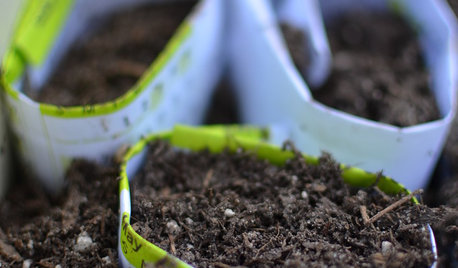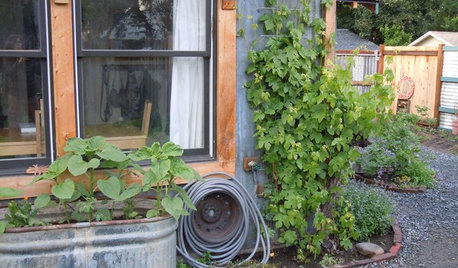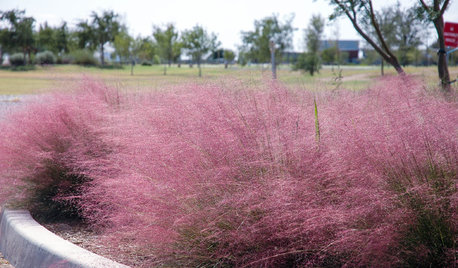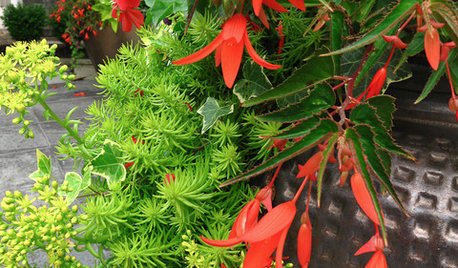Need Drip Irrigation Input
gltrap54
12 years ago
Related Stories

GARDENING GUIDESHow to Install a Drip Irrigation System
Save time and water with a drip watering system in your vegetable garden — a little patience now will pay off later
Full Story
SAVING WATER6 Reasons Why You Should Save Your Rainwater Now
Collect and store during the rainy season so you’ll have water ready for irrigation when you need it
Full Story
EARTH DAYGrow a Beautiful Garden With Ecofriendly Greywater
Reducing home water waste means lower bills and a healthier planet. Here's how to set up a greywater home irrigation system that can help
Full Story
GREEN BUILDINGHow to Harvest Rainwater for Your Garden
Conserve a vital resource and save money by collecting stormwater for irrigation in a barrel or tank
Full Story
SOUTHWEST GARDENINGTexas and Desert Southwest Gardener's January Checklist
Since snow doesn't swirl in these parts, it's time to get fruit trees in the ground, check irrigation and color the garden with annuals
Full Story
GARDENING GUIDESSouthwest Gardener's March Checklist
Dust off your gardening tools and get busy pruning to help your trees and plants reach their full potential
Full Story
GARDENING GUIDESEdible Gardening Essentials: Tips for Traditional Hand Watering
Save the expense and hassle of a complicated garden system with a simple watering can or inexpensive hose add-ons
Full Story
NATIVE PLANTS10 Top Plants Native to the Desert Southwest
Get a thriving garden despite unforgiving conditions with these tough, unthirsty, sun-loving beauties
Full Story
GARDENING GUIDESSuperstar Annuals for Containers and Baskets
High performing, low maintenance and all-around gorgeous, these container plants go the distance while you sit back and relax
Full Story






jean001a
glib
Related Professionals
Surprise Landscape Architects & Landscape Designers · Pottstown Landscape Contractors · Stoughton Landscape Contractors · Camp Verde Landscape Contractors · Cudahy Landscape Contractors · Fridley Landscape Contractors · Lantana Landscape Contractors · Las Vegas Landscape Contractors · St. Louis Landscape Contractors · Tavares Landscape Contractors · West Haverstraw Landscape Contractors · Wilsonville Landscape Contractors · Hueytown Landscape Contractors · Bear Driveway Installation & Maintenance · Cincinnati Driveway Installation & Maintenancenygardener
gltrap54Original Author
nygardener
Dan _Staley (5b Sunset 2B AHS 7)
behlgarden
JC (zone 7a, Oklahoma)
cozy
gltrap54Original Author
gltrap54Original Author
thisisme
gltrap54Original Author
thisisme
Beeone